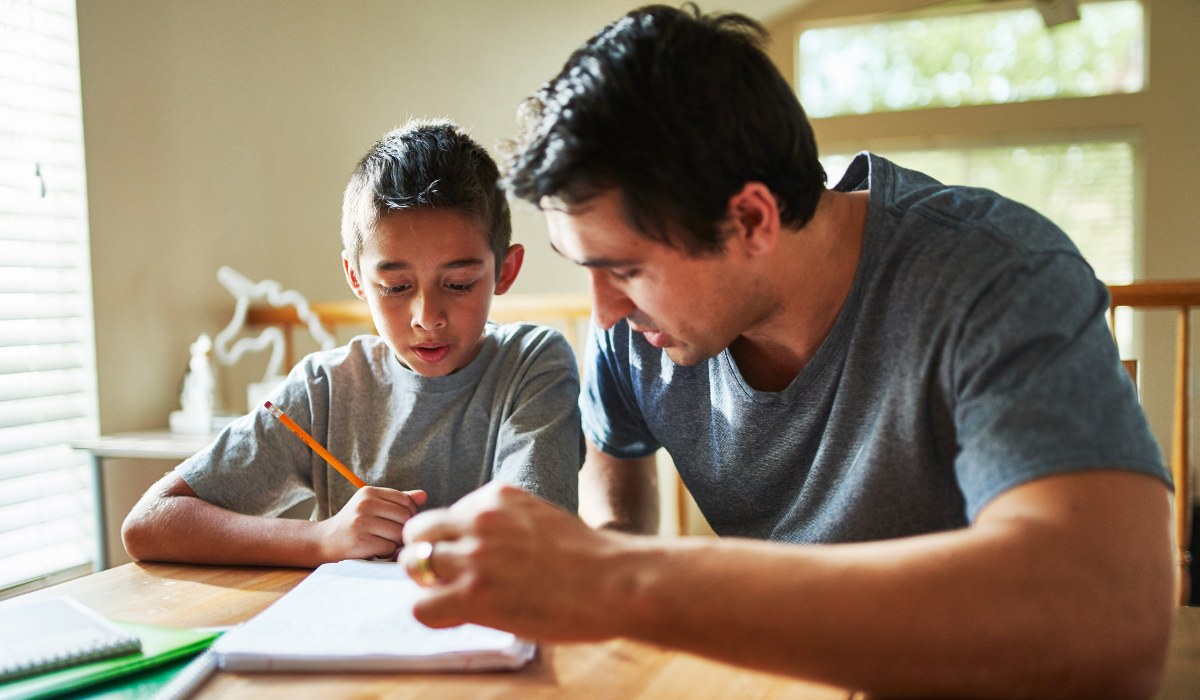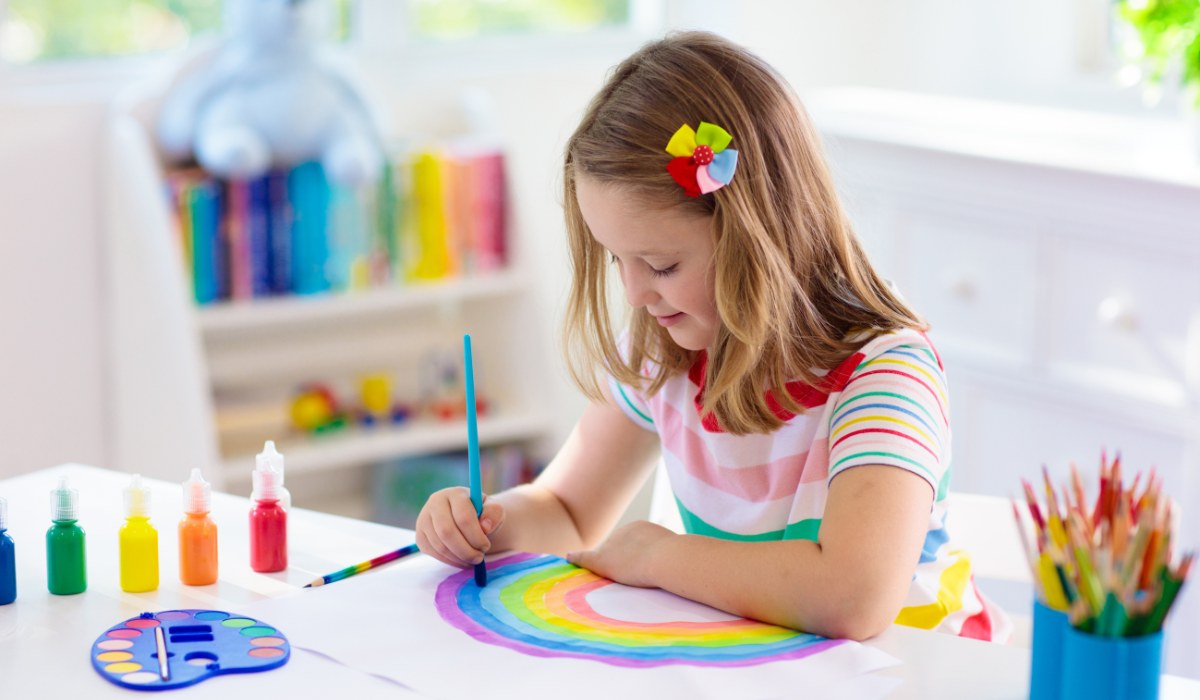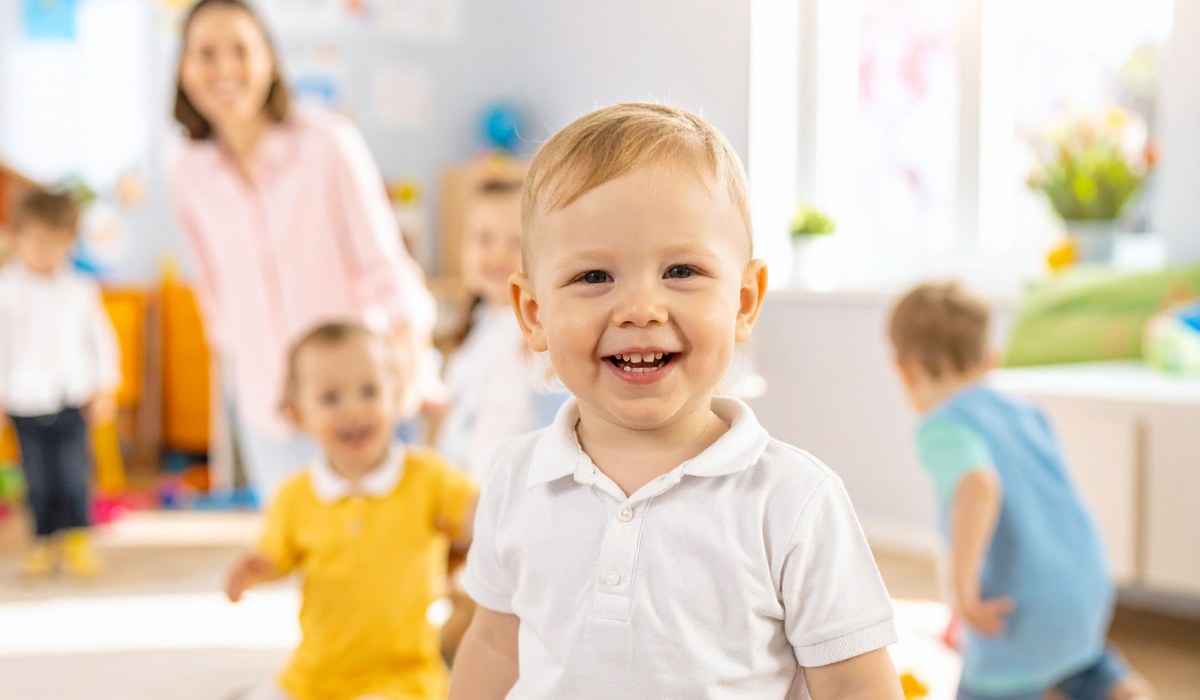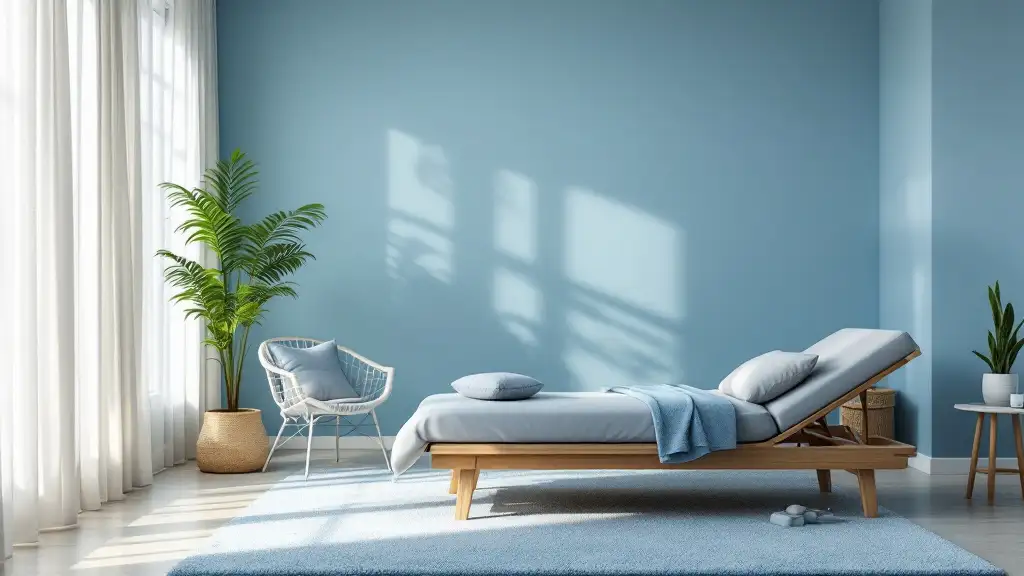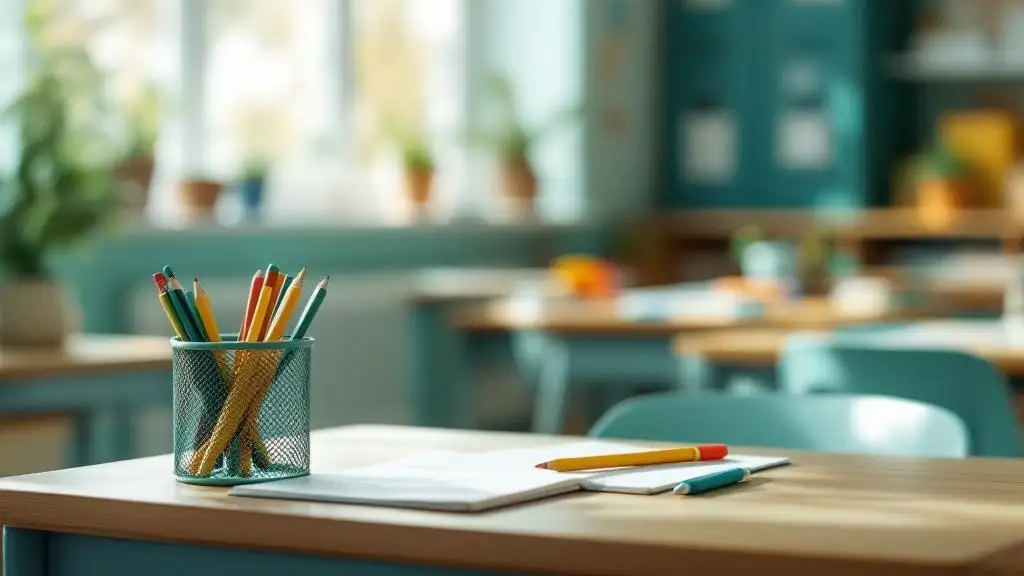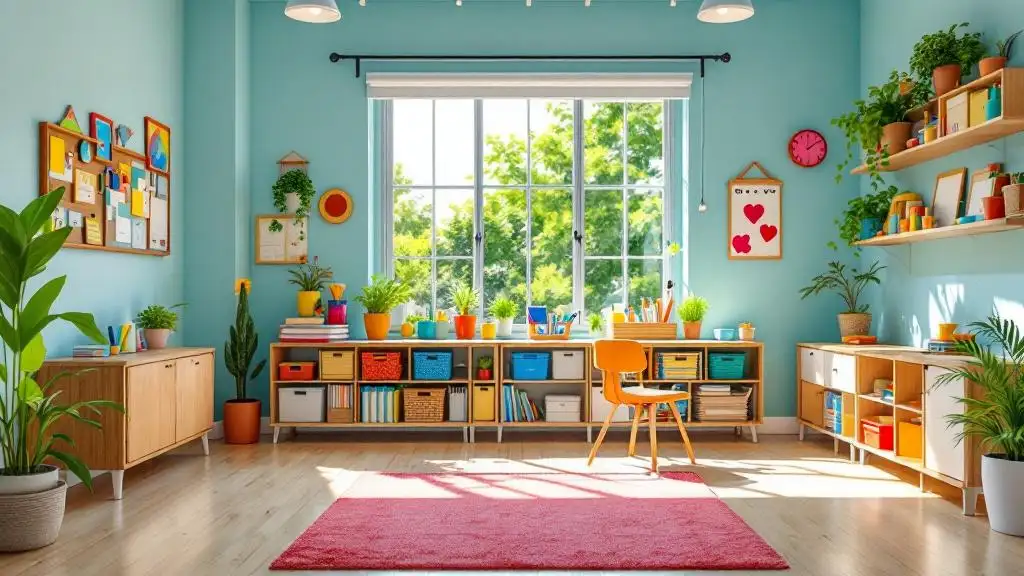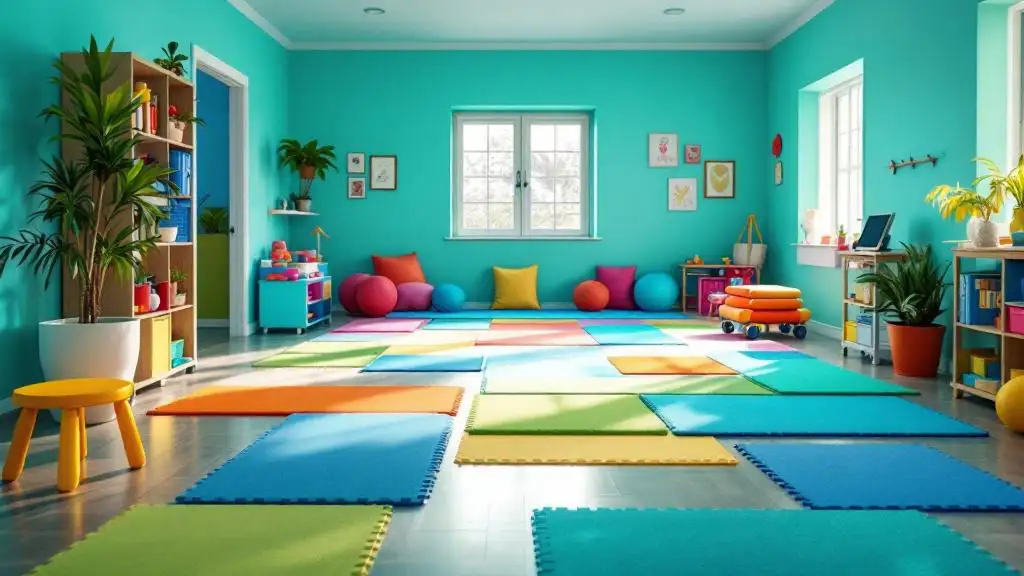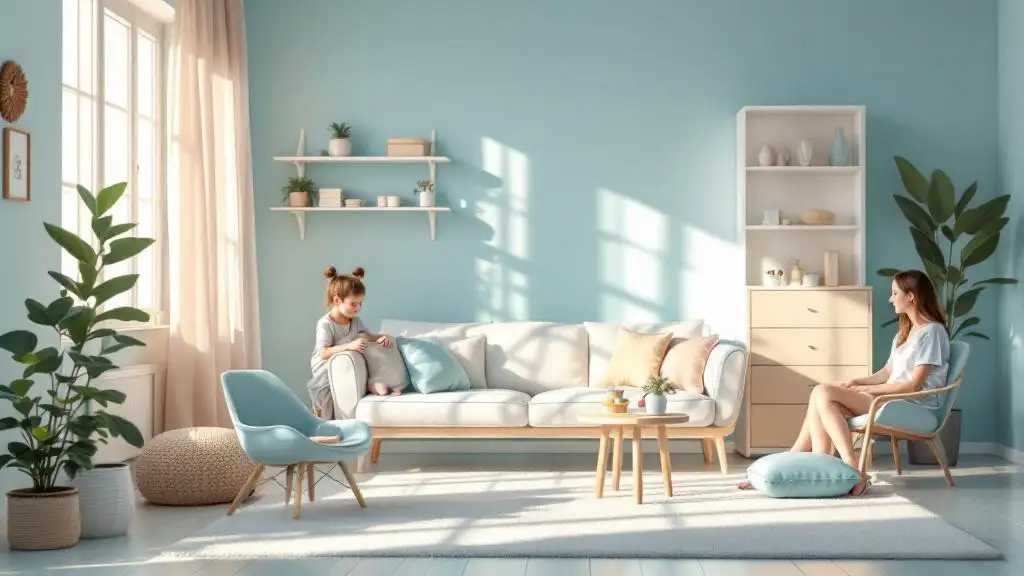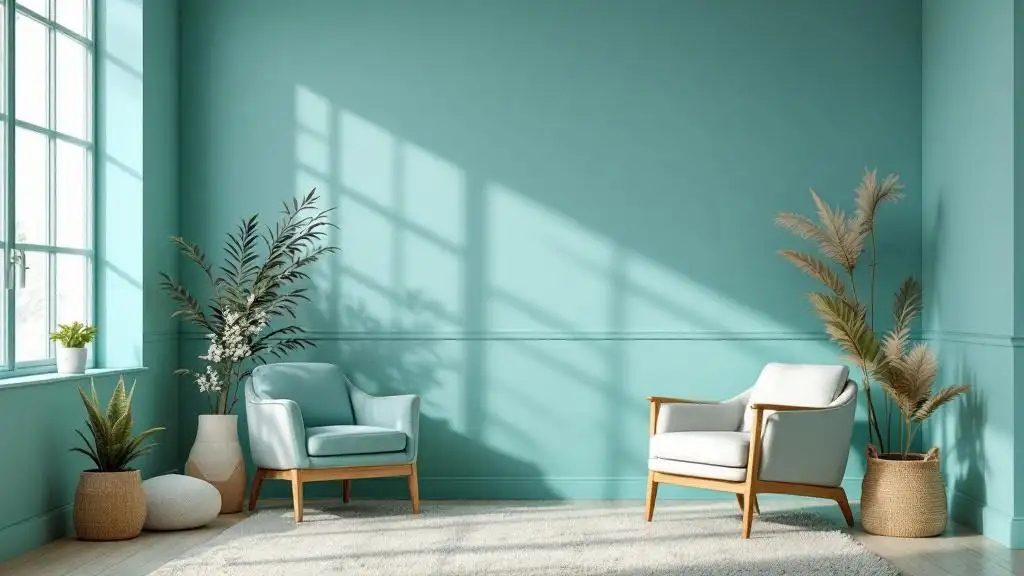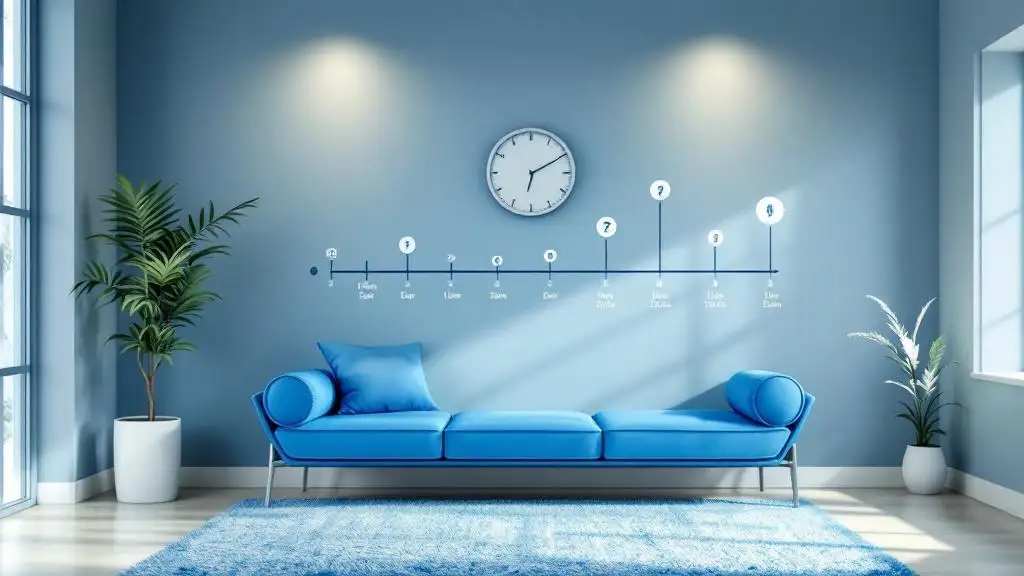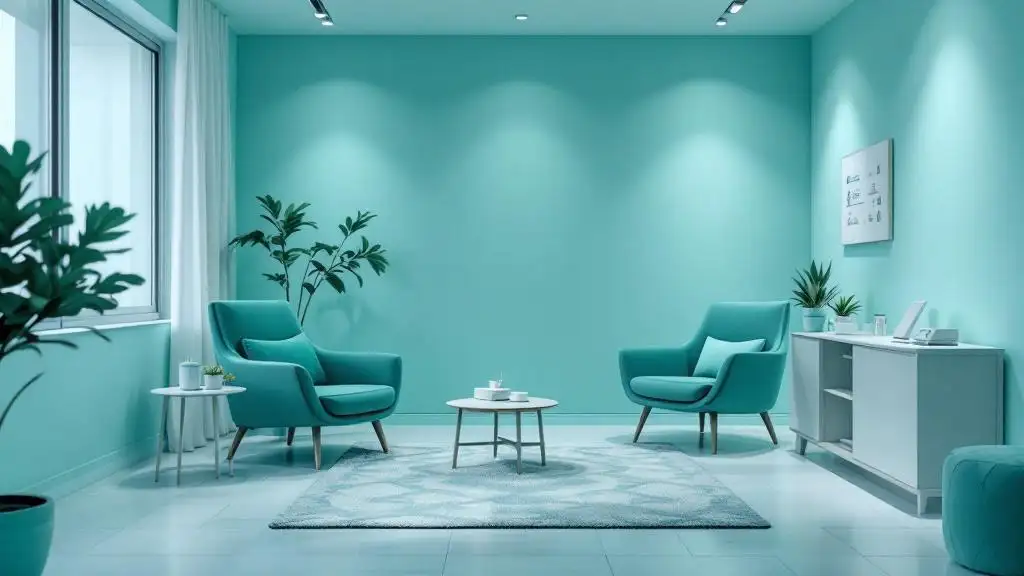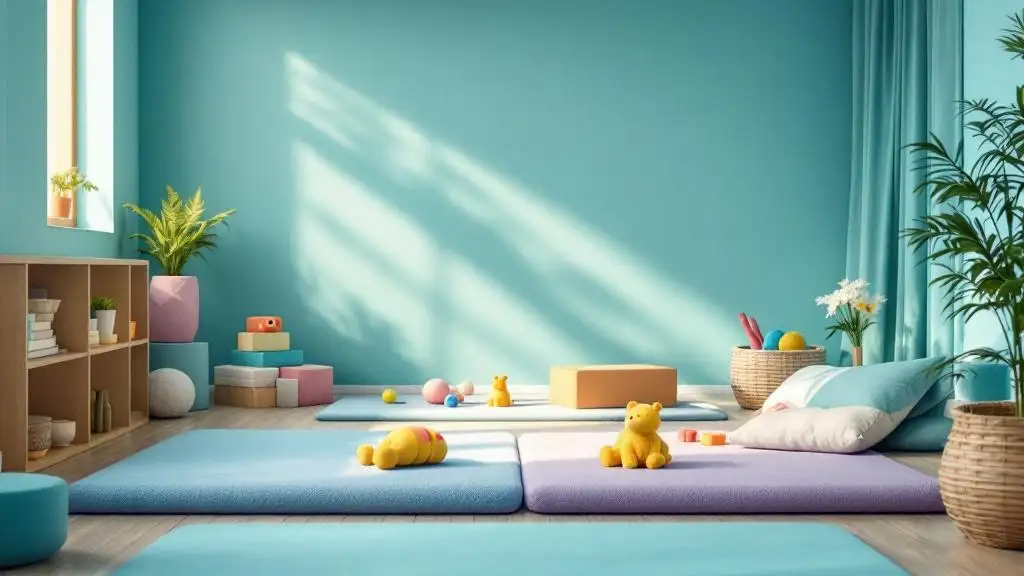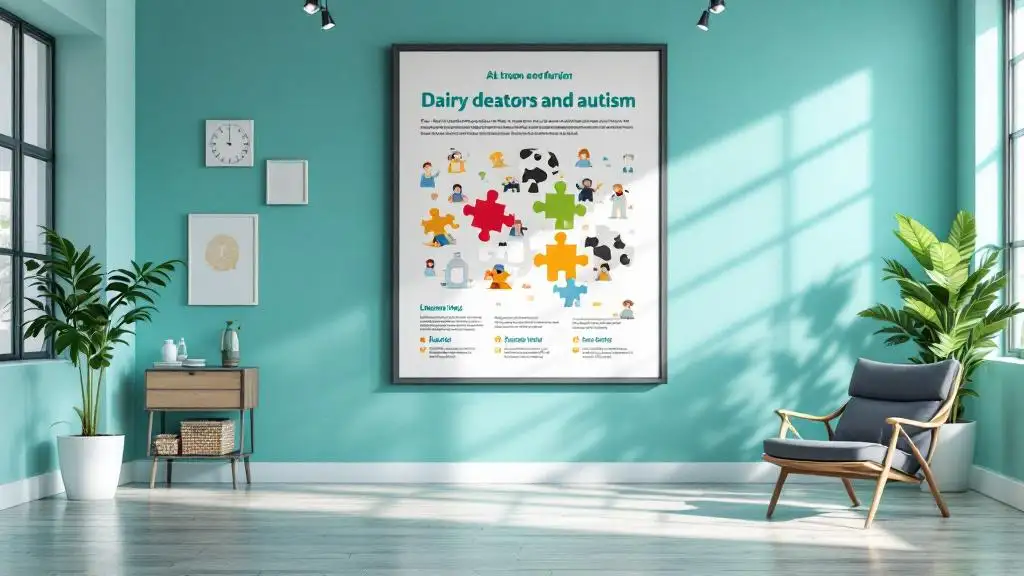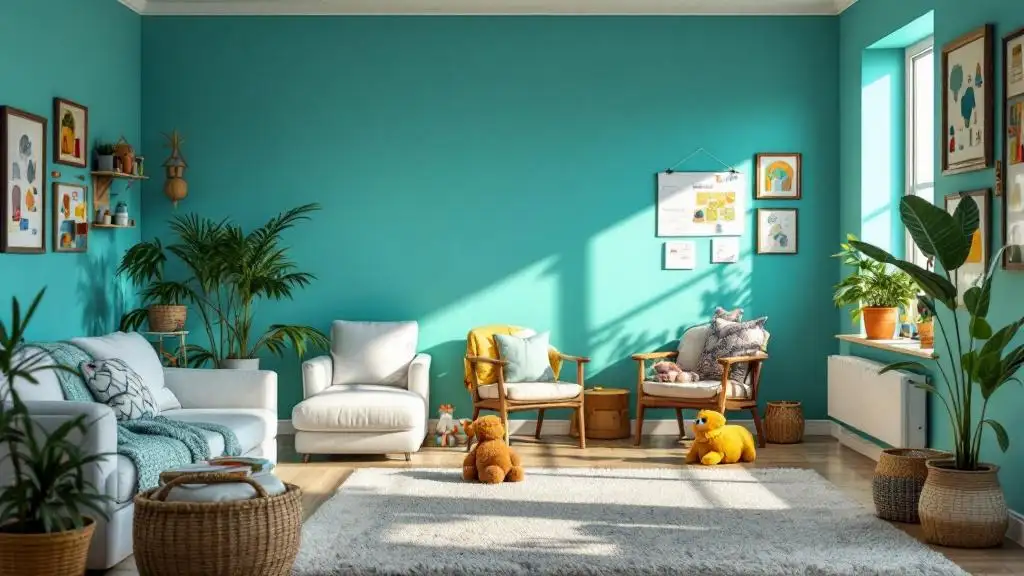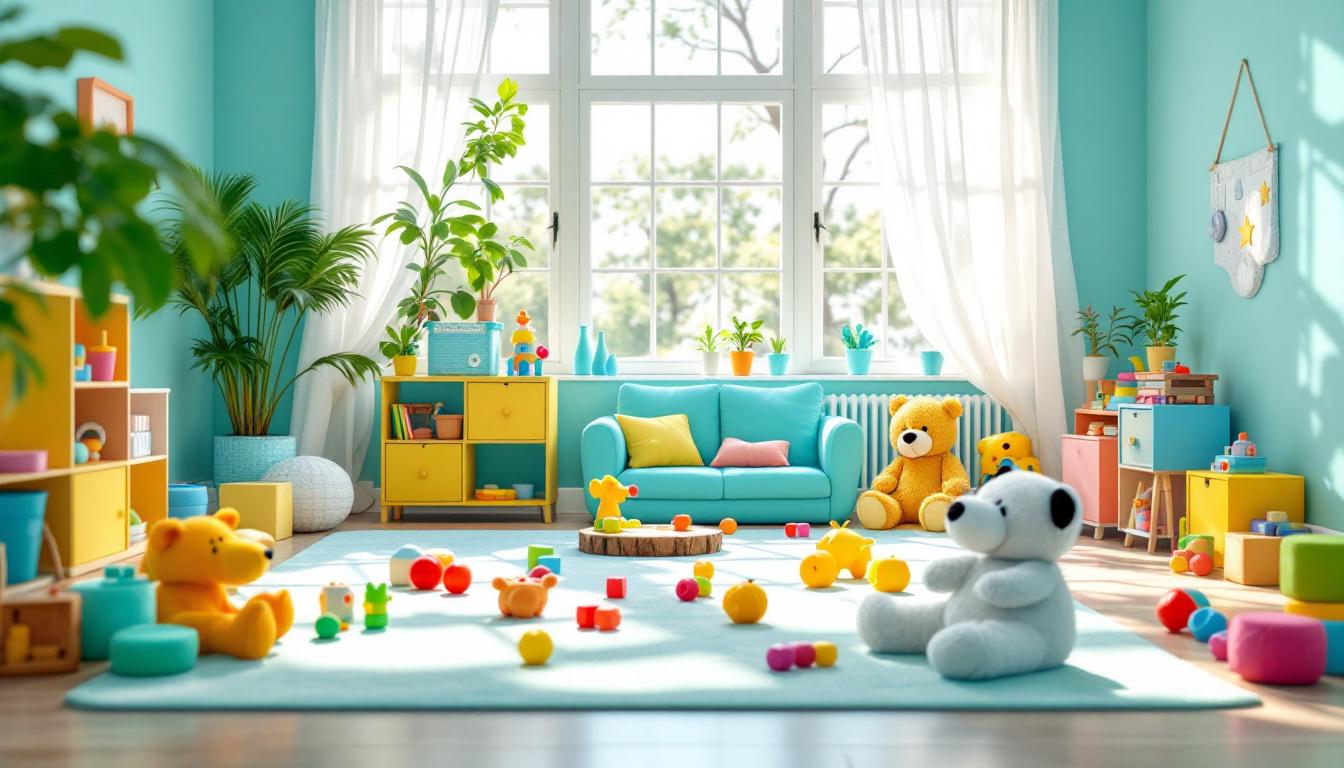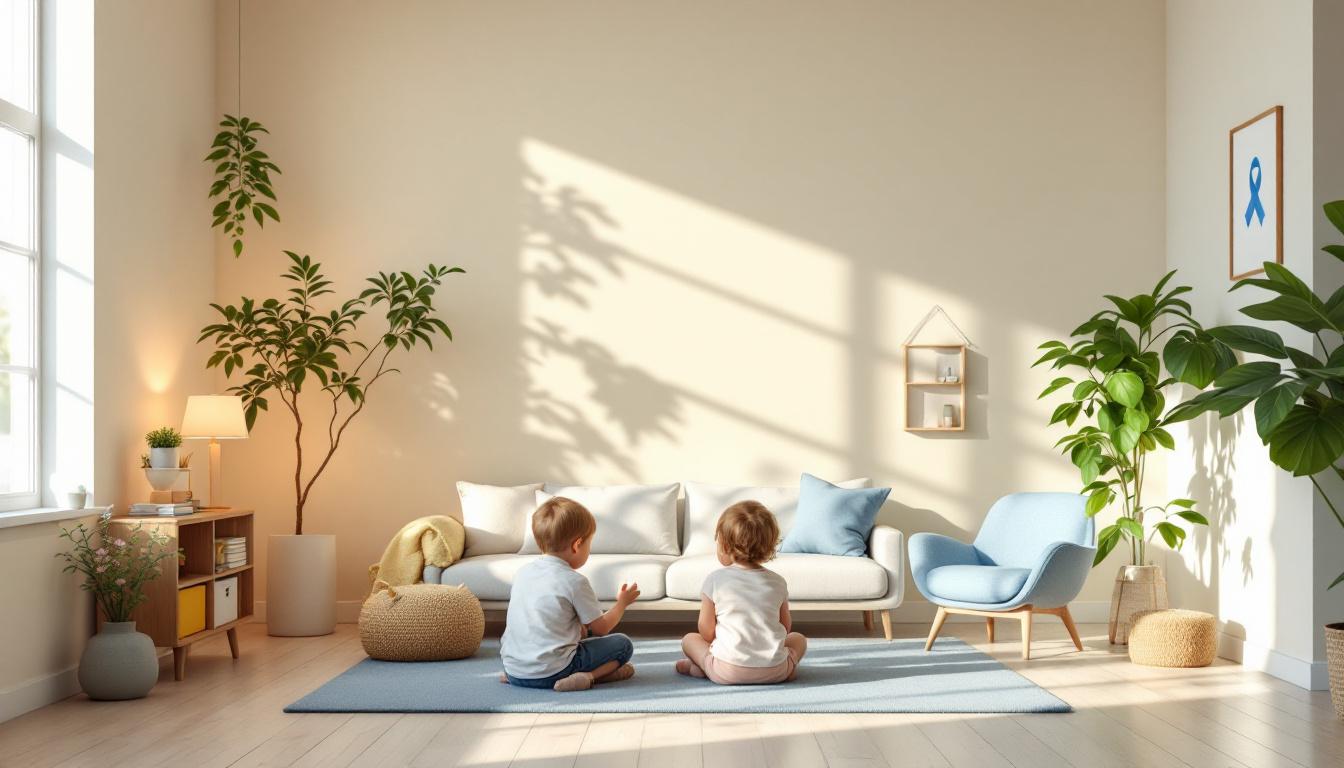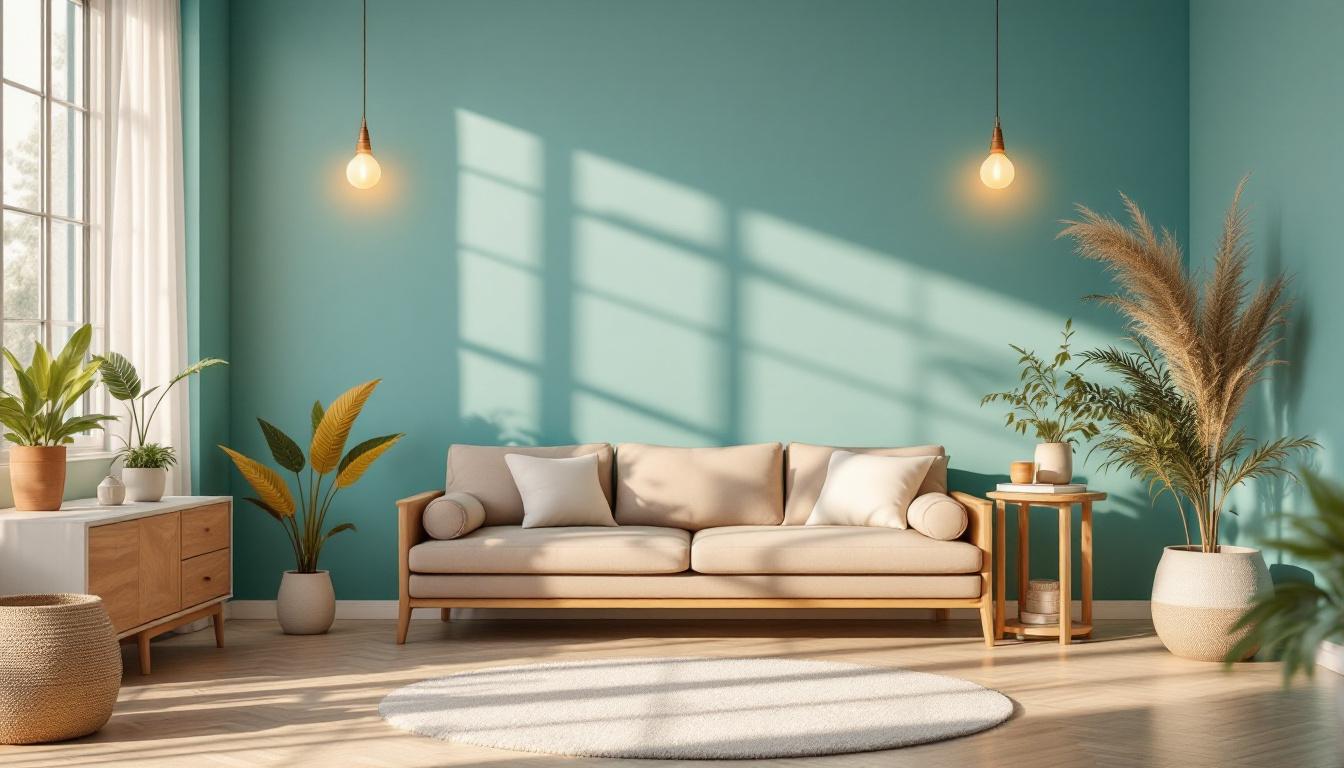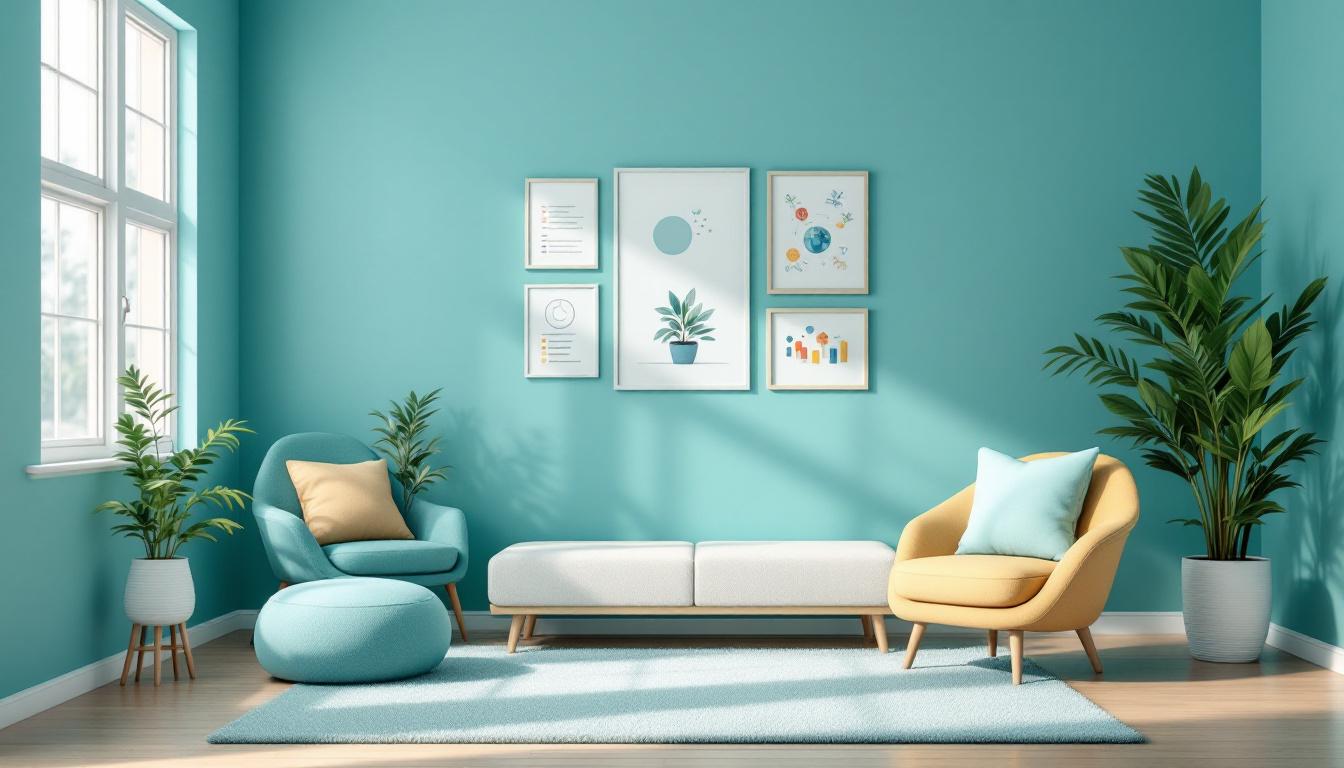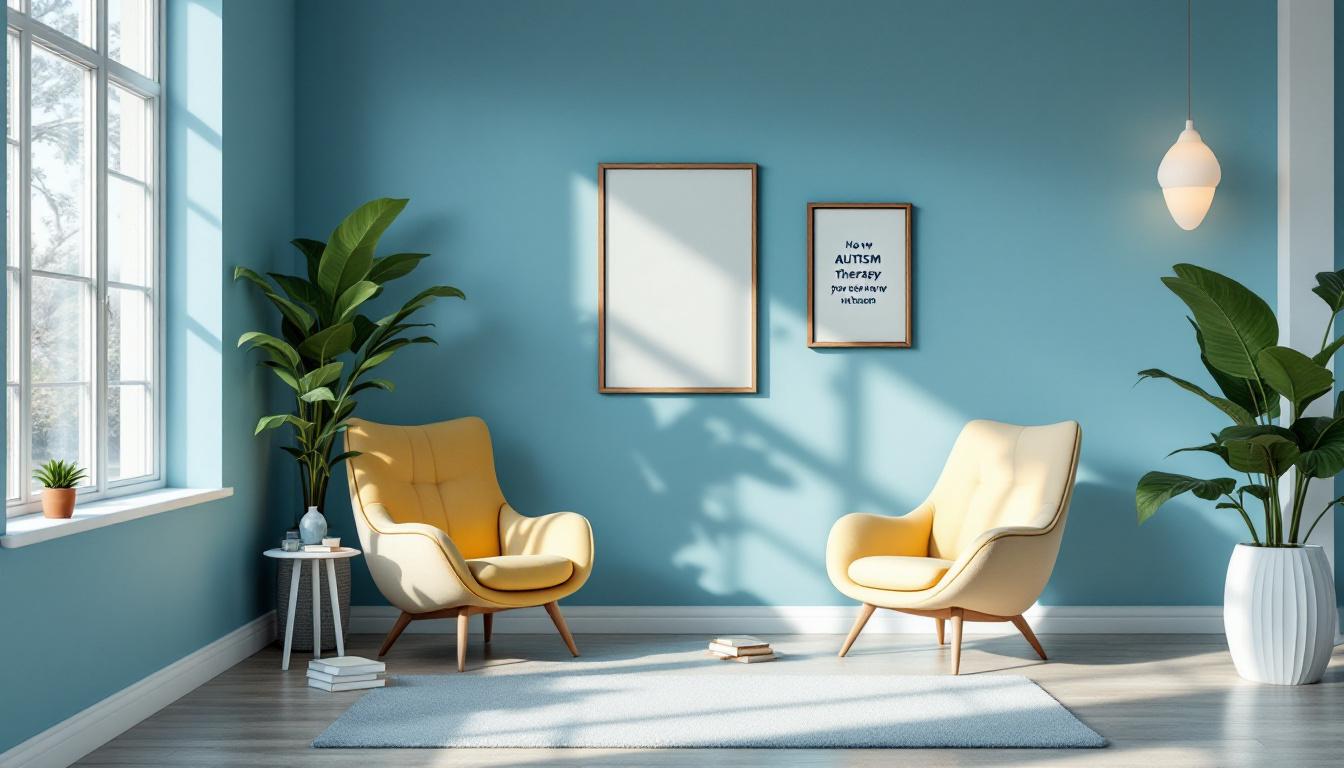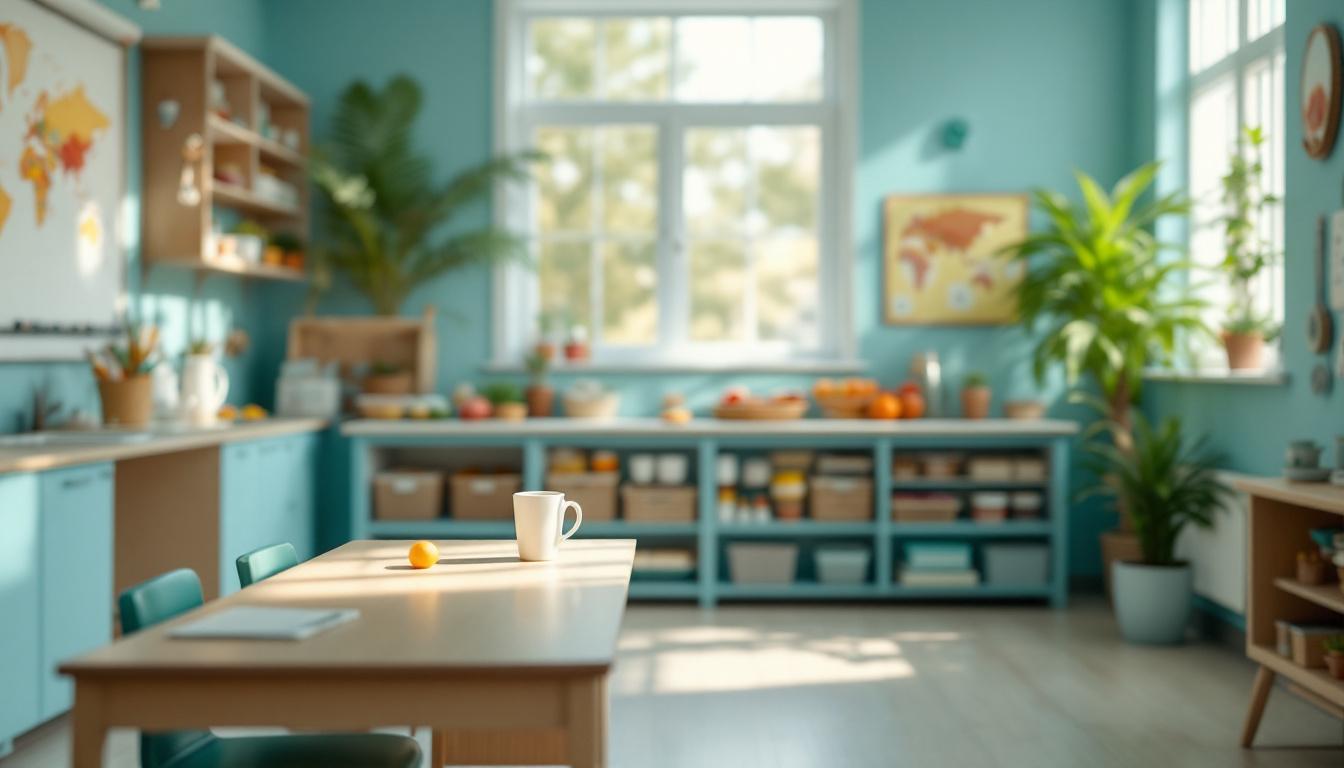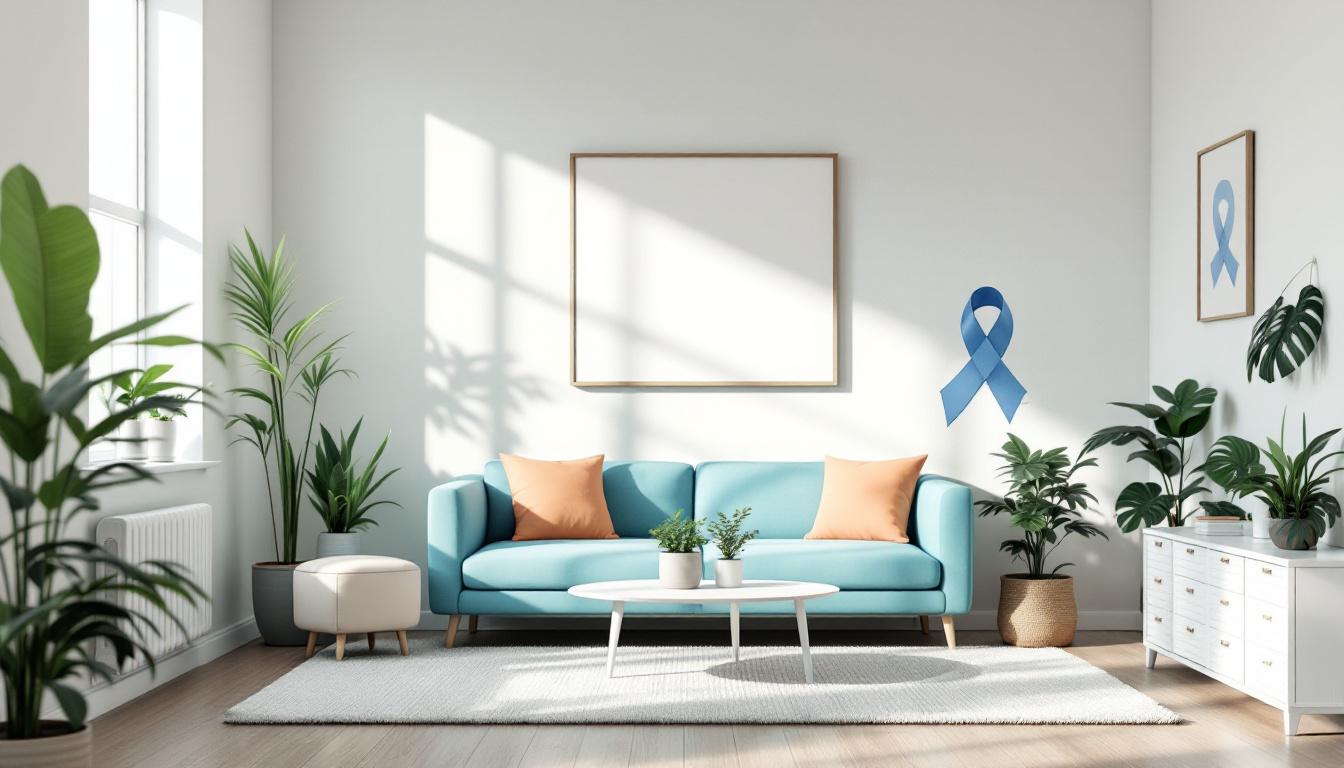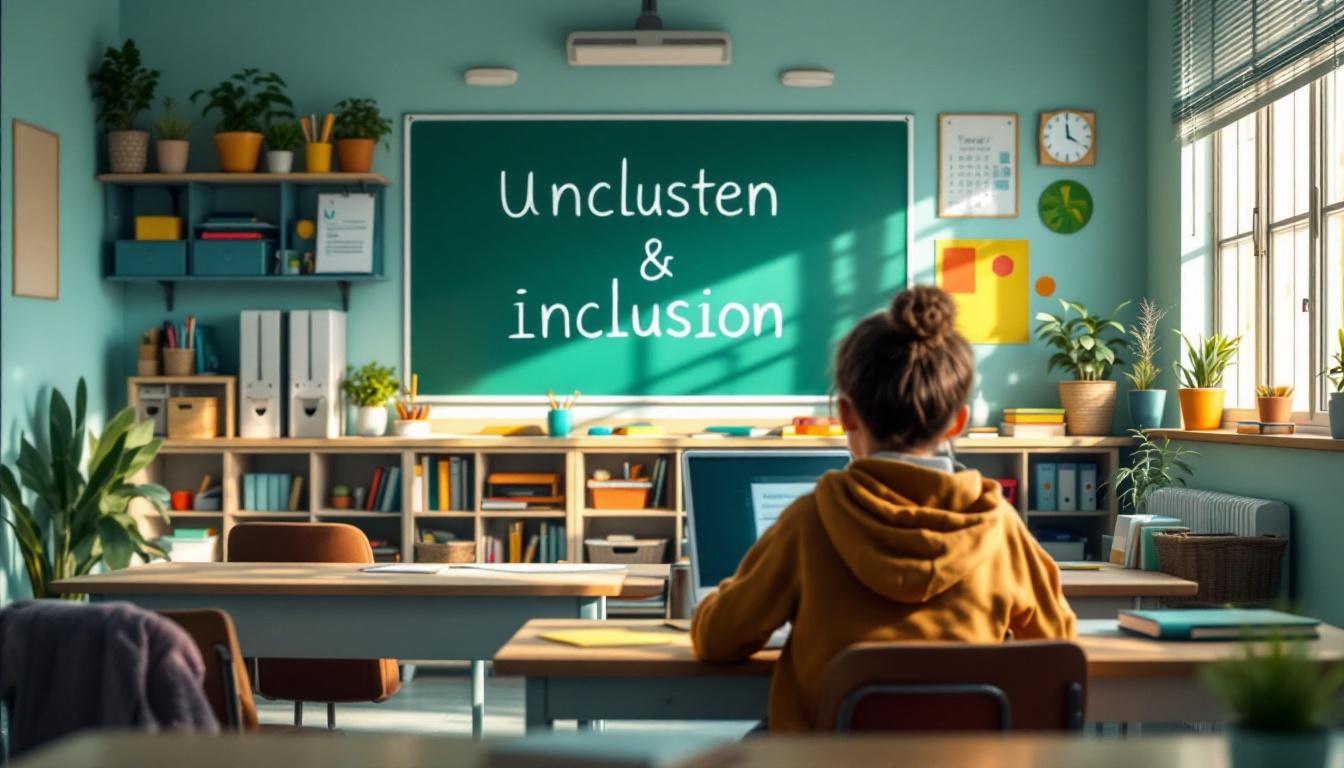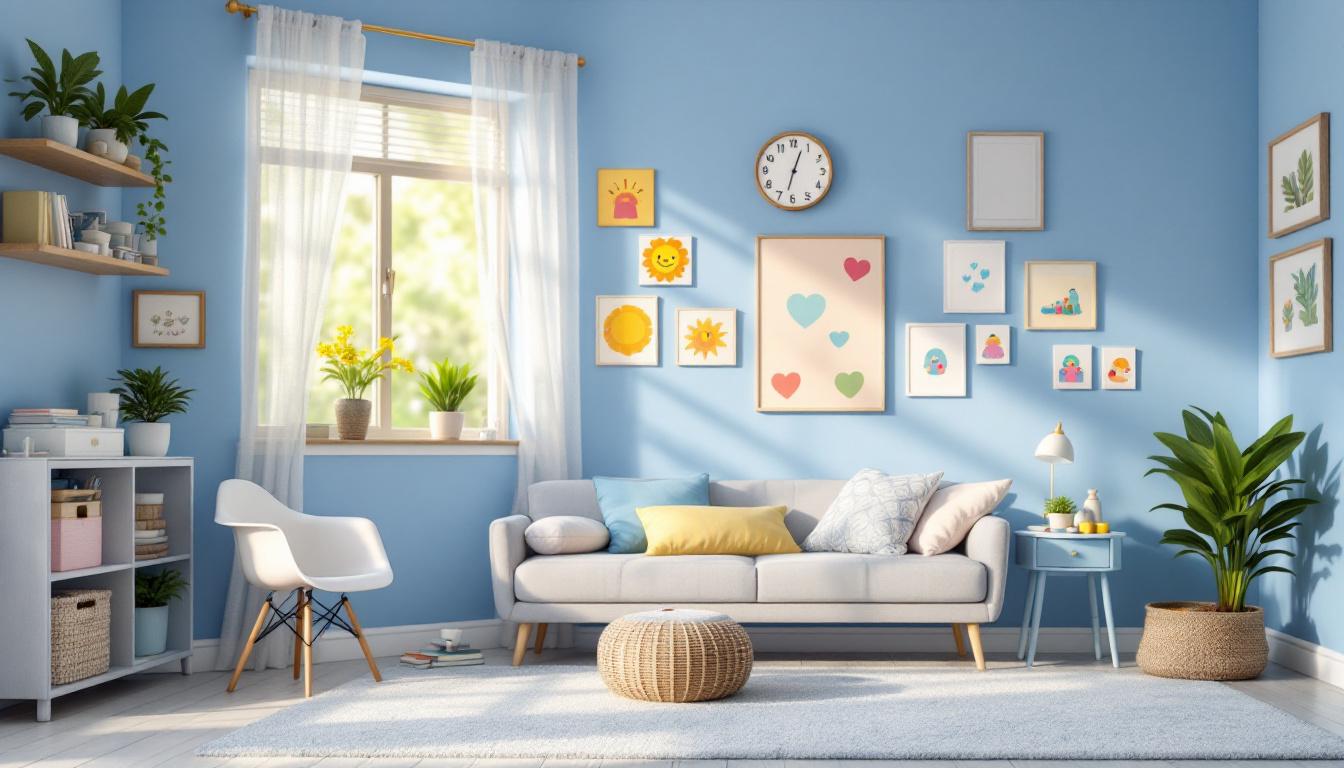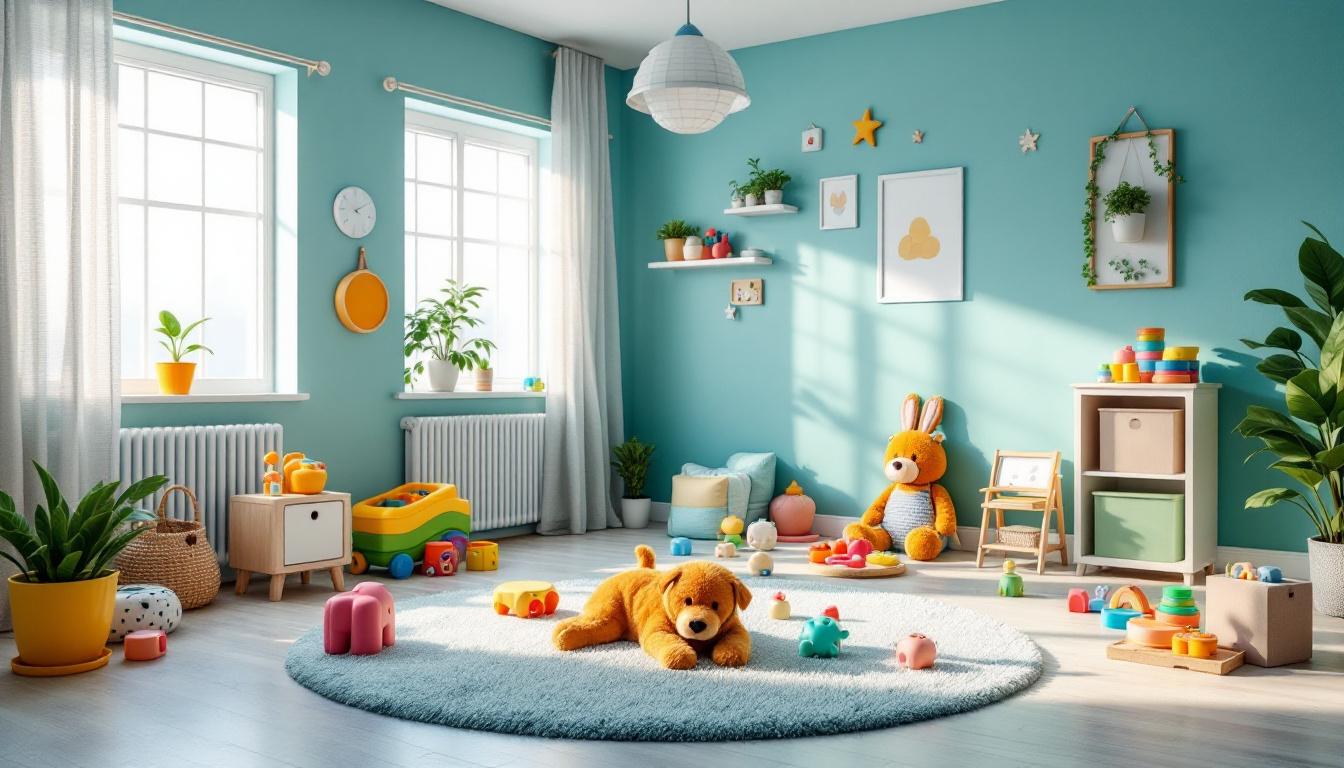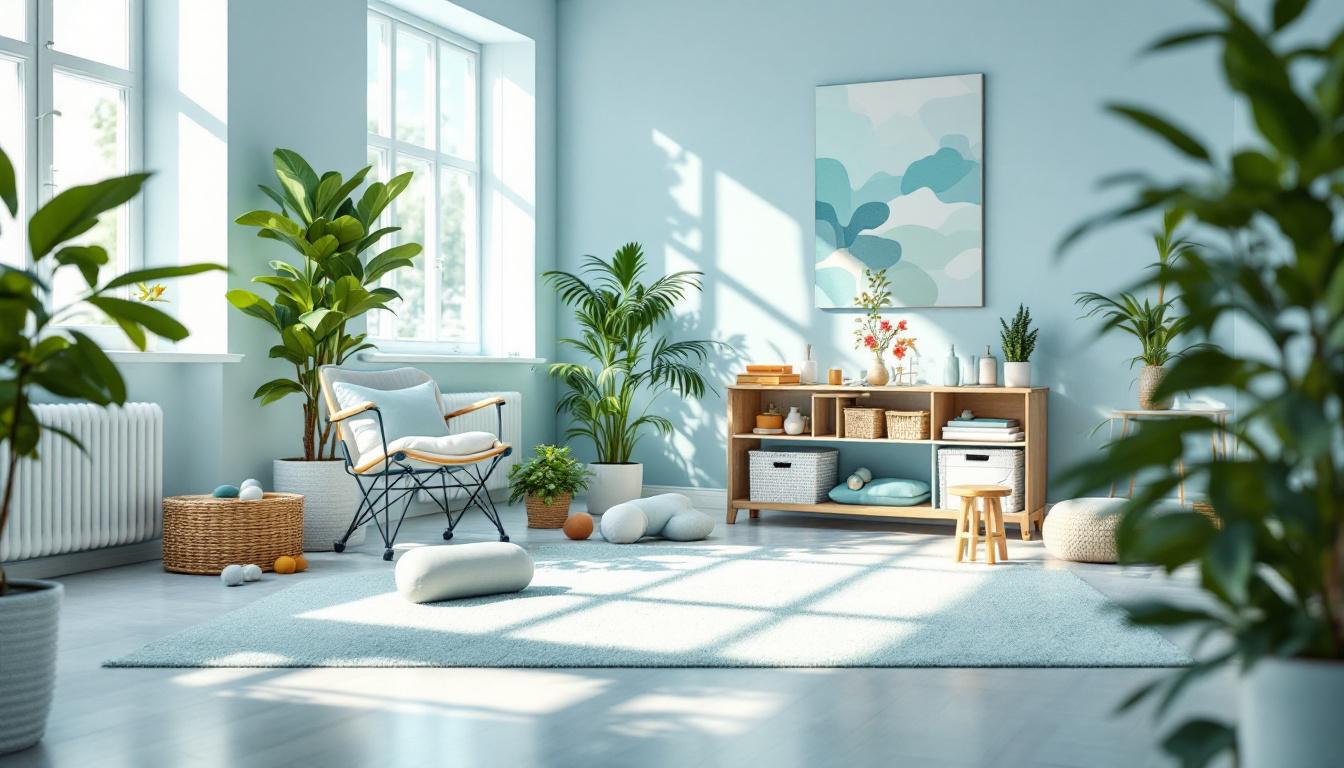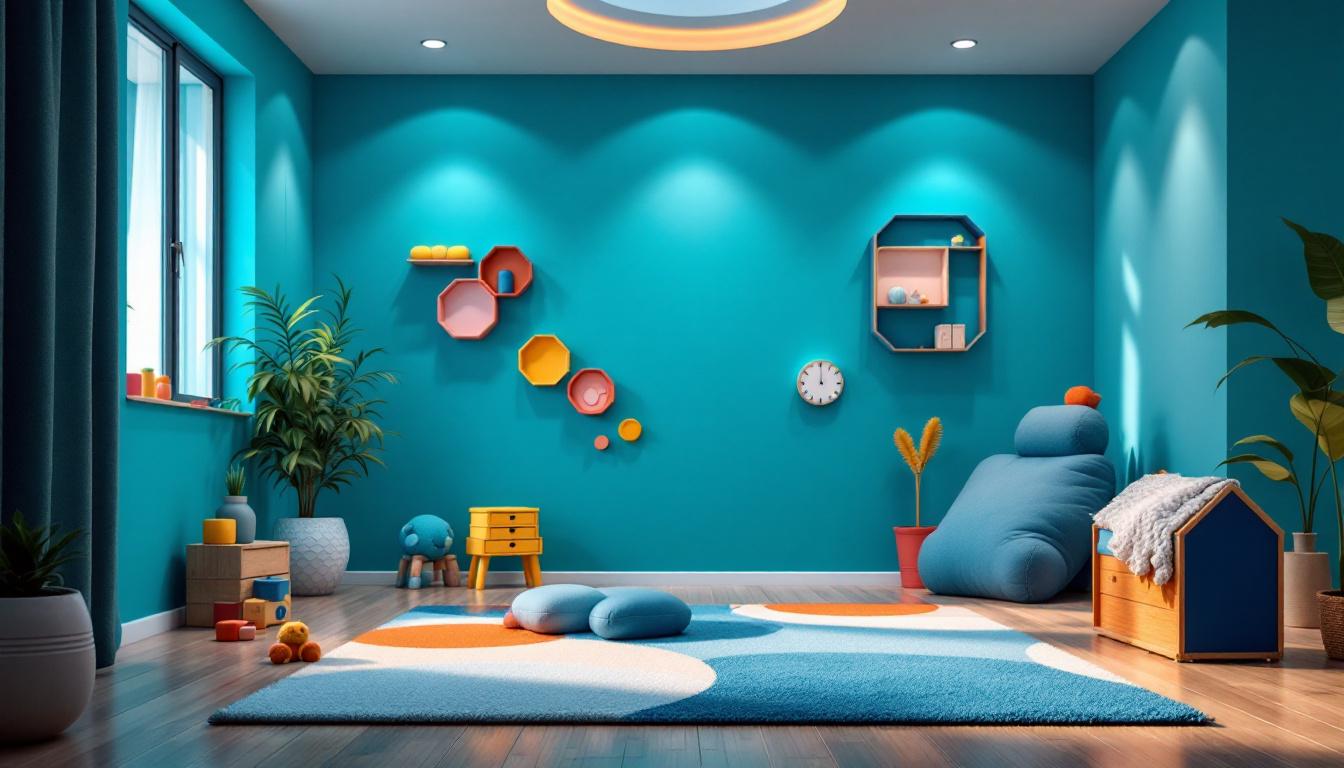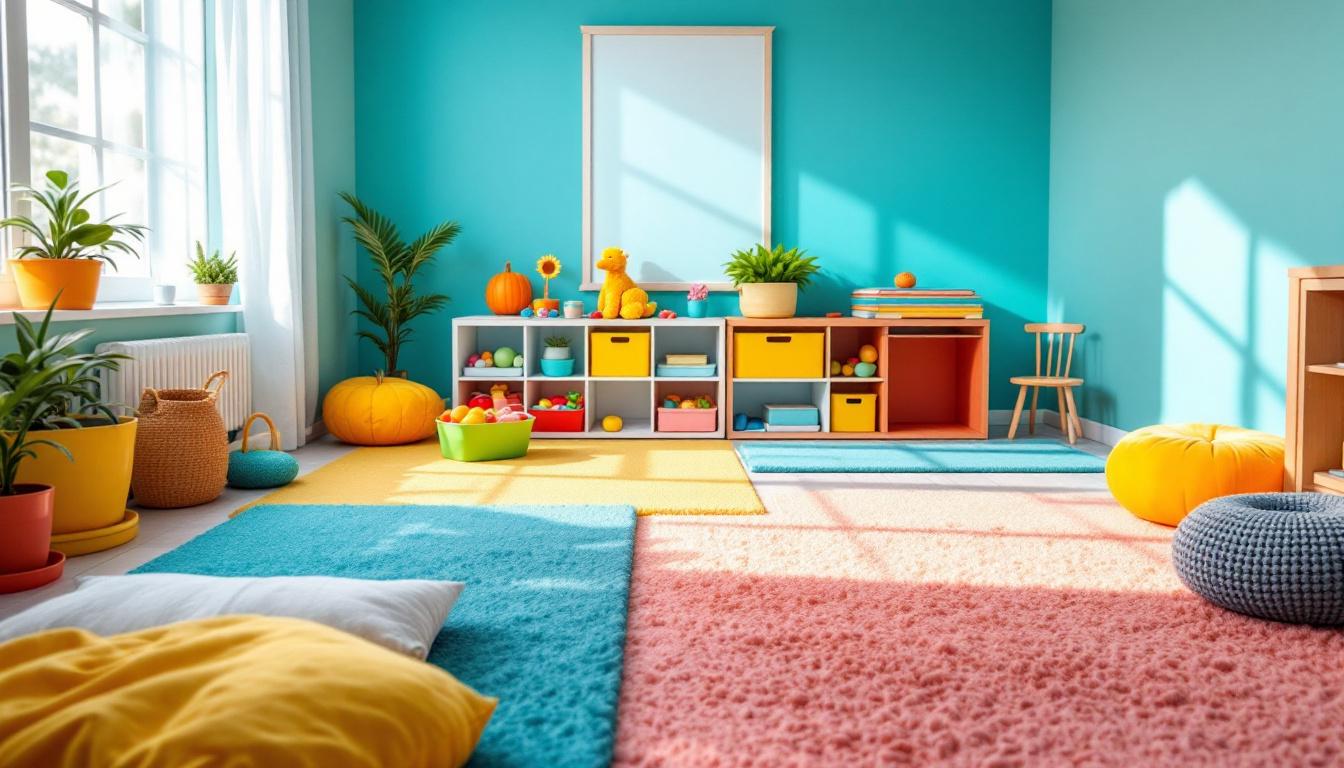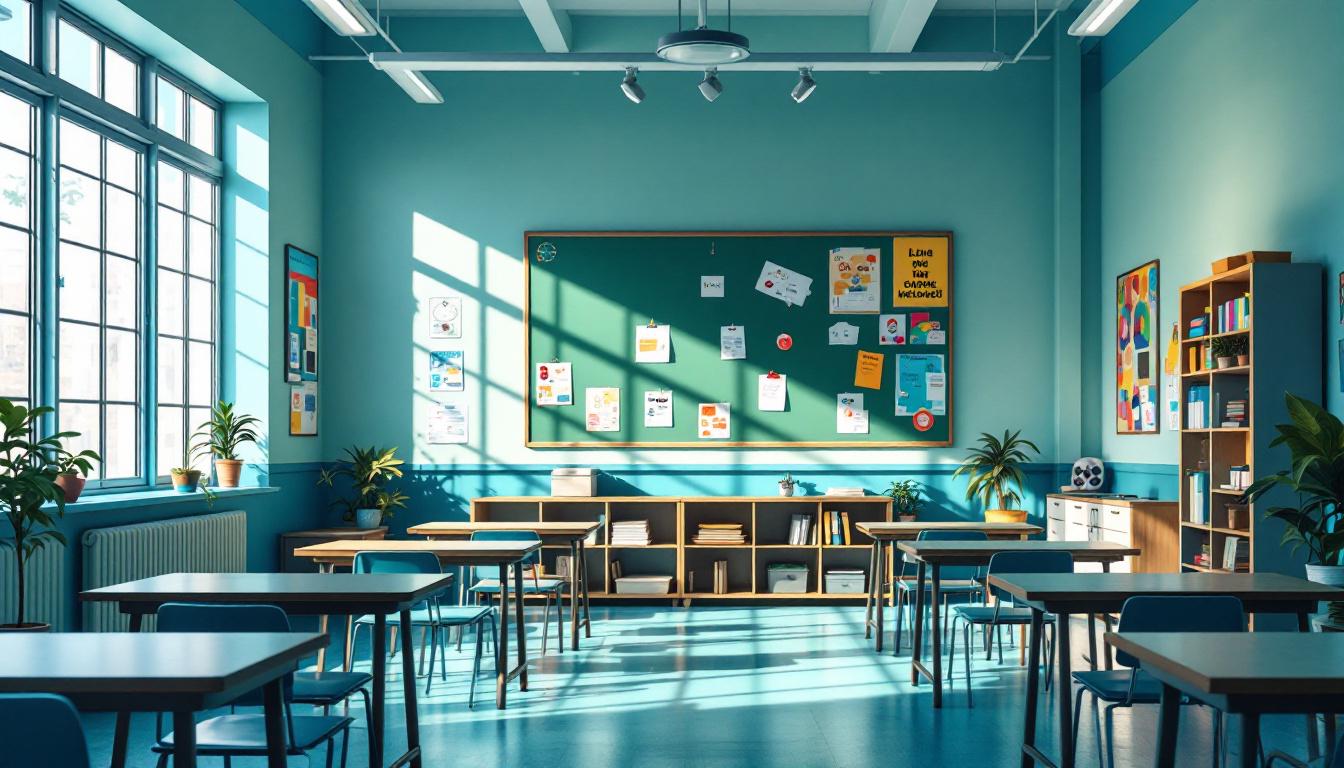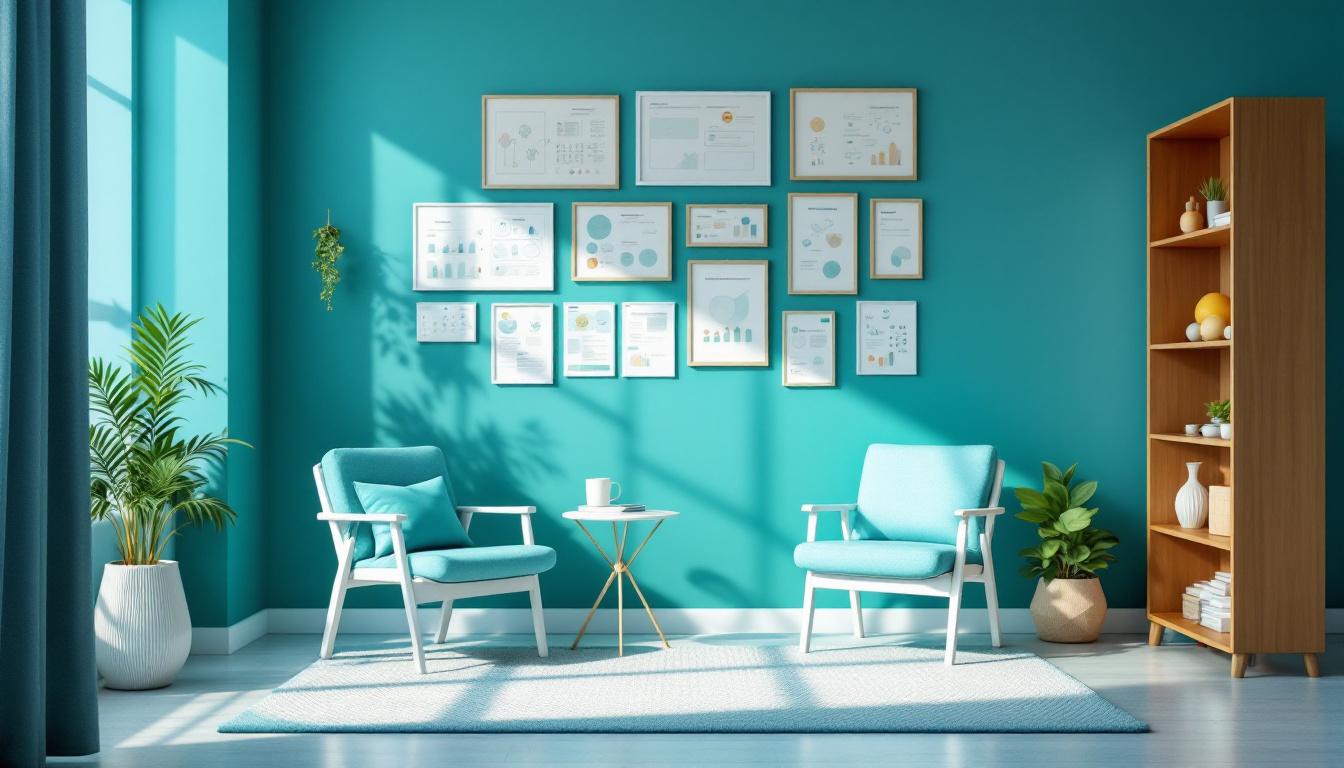Autism Comfort Items: Best Strategies and Products
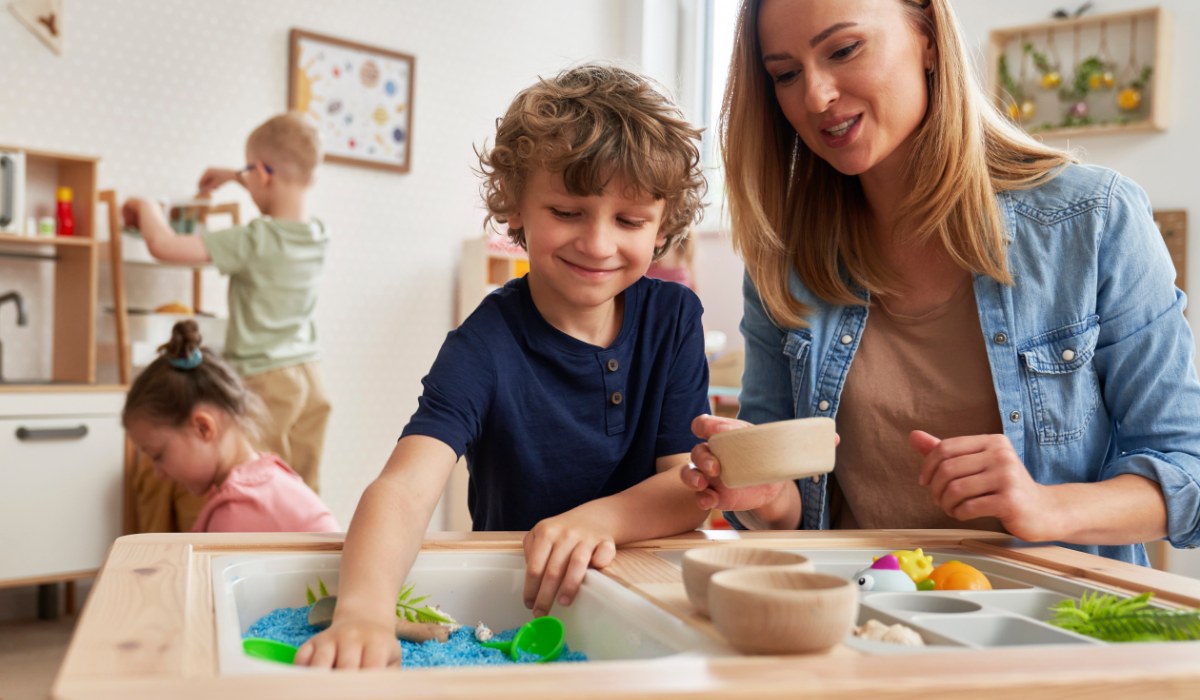
Key Points:
- Comfort items help children with autism regulate emotions, reduce anxiety, and navigate sensory challenges.
- The best autism comfort items cater to sensory needs, offering deep pressure, tactile stimulation, or predictability.
- ABA therapy can help children develop coping strategies alongside comfort items for better emotional regulation.
Ever wonder why your child won’t let go of that one stuffed animal or needs to fidget constantly? Comfort items aren’t just preferences—they’re essential tools for children with autism. These objects help regulate emotions, provide sensory input, and offer a sense of safety when the world feels overwhelming.
Why Do Children With Autism Rely on Comfort Items?
Children with autism experience the world differently due to sensory sensitivities, difficulty with emotional regulation, and a need for predictability. Comfort items help bridge these challenges by providing:
- Sensory relief – Many children seek deep pressure, soft textures, or repetitive motions to self-soothe.
- Emotional security – Familiar objects create a sense of stability in unpredictable environments.
- Focus and self-regulation – Items like fidget tools can help redirect energy and improve concentration.
What Are the Best Comfort Items for Children With Autism?
The best comfort items depend on a child’s sensory preferences and emotional triggers. Some children need deep pressure stimulation, while others benefit from auditory input or tactile sensations. Below are some of the most effective categories of autism comfort items:
1. Weighted Blankets and Lap Pads
Many children with autism find comfort in deep pressure stimulation, which can have a calming effect on the nervous system.
- Weighted blankets provide a gentle, evenly distributed pressure that promotes relaxation.
- Lap pads offer similar benefits but are smaller and ideal for school or travel.
- Compression vests can provide a snug, secure feeling for children who crave deep touch input.
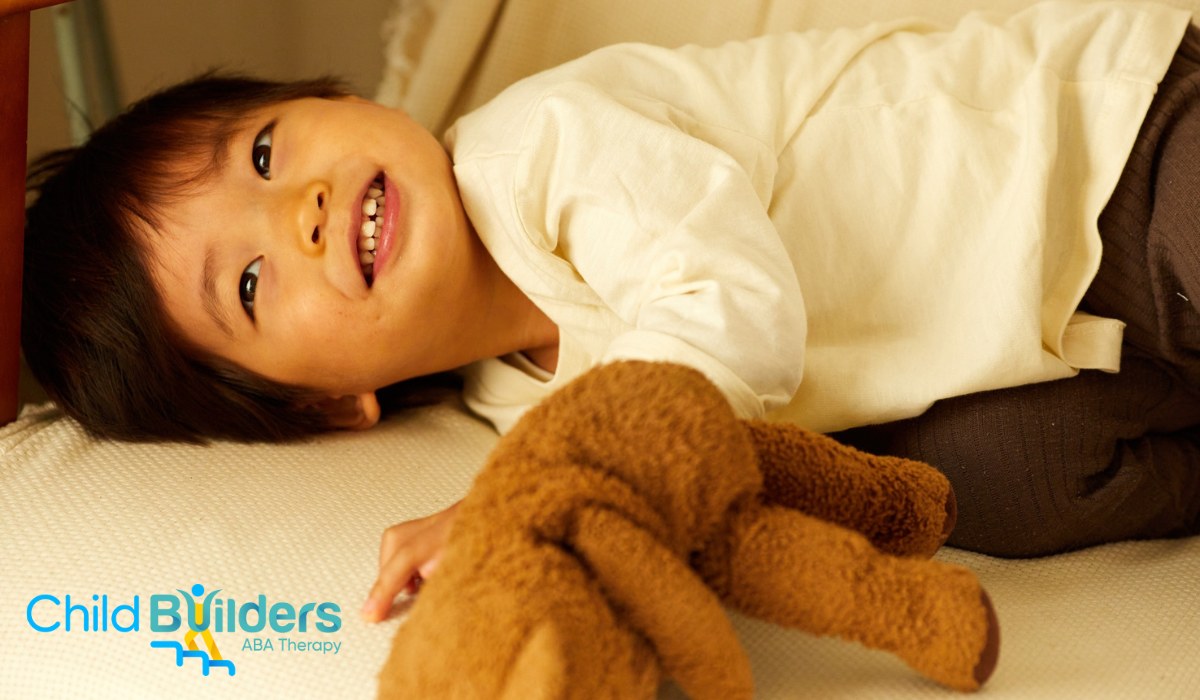
2. Fidget Toys for Anxiety and Focus
Fidget toys help children channel excess energy while providing sensory input that keeps their hands engaged.
- Spinners and cubes encourage movement that can reduce stress and increase focus.
- Stretchy bands and textured balls offer resistance and tactile stimulation.
- Chewable necklaces are great for children who seek oral sensory input.
3. Soft Comfort Objects
Some children with autism are drawn to soft fabrics, stuffed animals, or other comforting textures.
- Plush toys provide a sense of companionship and security.
- Silky or fleece blankets can help with sensory regulation.
- Sensory pillows with different textures (smooth, bumpy, or furry) can offer a variety of soothing sensations.
4. Noise-Canceling Headphones and Sensory Earplugs
Auditory sensitivities are common in autism, making loud environments overwhelming. Noise-reducing tools help children manage auditory input.
- Noise-canceling headphones block out distressing sounds, reducing sensory overload.
- Loop earplugs allow children to filter out background noise while still hearing conversations.
- White noise machines can create a calming sound environment.
5. Visual and Tactile Sensory Tools
Some children are drawn to specific visual patterns or enjoy tactile play. These tools can provide comfort in overstimulating settings.
- Liquid motion timers create a slow, mesmerizing visual effect.
- Lava lamps and fiber optic lights offer calming light patterns.
- Kinetic sand and sensory bins allow children to explore different textures in a controlled manner.
6. Comfort Objects for Sleep and Relaxation
Many children with autism struggle with sleep due to sensory sensitivities and anxiety. Creating a calming bedtime routine with the right comfort items can improve rest.
- Weighted stuffed animals combine the benefits of deep pressure with companionship.
- Lavender-scented pillows can promote relaxation through gentle aromatherapy.
- Soft nightlights with dimmable settings help children who are sensitive to complete darkness.

How Can Parents Choose the Right Comfort Item for Their Child?
Finding the right comfort item requires understanding your child's specific sensory needs and preferences. Consider the following when selecting an autism comfort item:
1. Identify Sensory Preferences
Observe whether your child seeks out certain textures, motions, or pressures. Do they prefer soft fabrics, deep pressure, or repetitive hand movements?
2. Consider Portability
Some comfort items, like stuffed animals or small fidget toys, can be easily carried, making them ideal for school or travel. Larger items, like weighted blankets, may be best for home use.
3. Prioritize Safety and Durability
Ensure that any sensory item is made from non-toxic, durable materials. Avoid small parts that could be choking hazards.
4. Introduce New Items Gradually
Children with autism may be resistant to new textures or sensations. Introduce a comfort item slowly, allowing them to explore it at their own pace.
Can ABA therapy help children use comfort items effectively?
Yes, ABA therapy can help children with autism learn how to use comfort items as part of their self-regulation strategies. While comfort items provide relief, they should not become the sole coping mechanism. ABA therapists can:
- Teach children when and how to use their comfort item appropriately.
- Help reduce dependency on specific items by introducing alternative coping skills.
- Encourage self-regulation techniques like deep breathing or structured breaks.
By integrating comfort items into a broader behavioral support plan, children can develop stronger emotional resilience.
Support Your Child’s Emotional Regulation with ABA Therapy
Comfort items can be powerful tools for emotional support, but they’re most effective when combined with strong coping strategies. If your child depends on certain objects to feel calm or manage transitions, ABA therapy can help them build broader skills to handle stress and daily challenges with greater confidence.
At Child Builders ABA, we use evidence-based approaches tailored to each child’s unique strengths and needs. Our team partners closely with families to create personalized interventions that nurture emotional regulation, resilience, and independence.
If you’re ready to help your child develop lasting coping skills, reach out to learn more about our ABA therapy in New Hampshire, Massachusetts, and Rhode Island. Together, we can help your child grow with confidence and balance.



.jpg)
